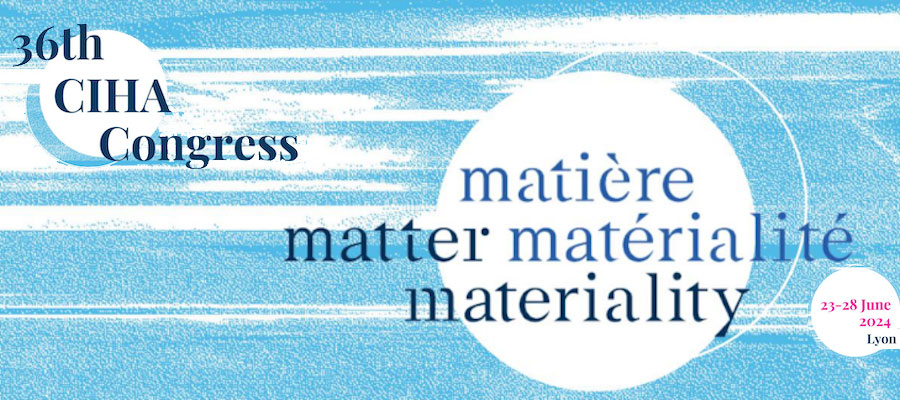Indian Ocean Objects above and below the Waterline (session CIHA202400079), panel at the 36th Congress of the Comité international d’histoire de l’art (CIHA), Lyon, June 23–28, 2024
In the past decade, the field of Indian Ocean art history has witnessed a rapid growth, with a wealth of new research oriented around the circulation of objects across this ocean’s breadth and a rising focus on how maritime mobilities generated dynamic lives and meanings for traveling goods. While these efforts have brought into sharper focus the history of the Indian Ocean’s littoral zones, its port cities, and the objects that frequented them, interpretation has tended to cling to the coasts, implicitly prioritizing land over water. We have spent more time studying the Indian Ocean along a horizontal axis, namely the water’s surface, thus documenting and conceptualizing materials that moved or were moved across the ocean rather than those that came from the ocean itself or the detritus that rests on its floor.
Pushing against art history’s historiographical emphasis on land or the ocean’s role as a path of conveyance, this session explores the material intersections between horizontal and vertical histories of the Indian Ocean. Inspired by Isabel Hofmyer’s call for an oceanic turn that extends both “above and below the waterline,” we invite speakers to explore objects that traversed the water’s breadth or to delve into the physical qualities of those that emerged from the depths of the sea, such as shells, mother of pearl, as well as images of the underwater realm. Most poignantly, we hope to think through the ambiguities of the boundaries between water and land, by exploring sites where these arenas meet and interact. How can we understand the ocean as a “maker” of materials and objects in tandem with its role as a medium of transmission and exchange? How can we understand water as a fundamentally creative and transformative environment, which actively conjures the tactile character of things, or reshapes the materials that it comes into contact with? What new forms or material characteristics emerged from objects that had an underwater journey, alongside journeys across water? How did immersion in water change the life of objects “en route” and, as a result, their broader migrations and meanings? How was the Indian Ocean perceived, conceptualized, or visualized as an agent in shaping both the materiality and mobility of things? How did objects emerging from the ocean reshape understandings of the ocean itself?
We invite proposals for short, but rich, presentations of no more than 10 minutes. We aim to organize this session as two panels of short presentations followed by responses to papers and broader discussion. Proposals should be between 350 and 500 words in length, and engage with the questions outlined above, or themes that include but are not limited to:
- Material histories of the Indian Ocean as a space of commercial and artistic exchange across Asia, Africa, and beyond
- Matter and underwater metamorphosis
- Shifting sensory contours of objects underwater
- Drifting objects and their itinerant materiality
- Blue humanities
- Shells, marine life, ships, and shipwrecks
- Oceanic waste, debris, and material remains
Submissions should be made through the conference website.
Session organizers
Nancy Um, Getty Research Institute
Peyvand Firouzeh, University of Sydney
Pauline Monginot, Institut national d’Histoire de l’art
